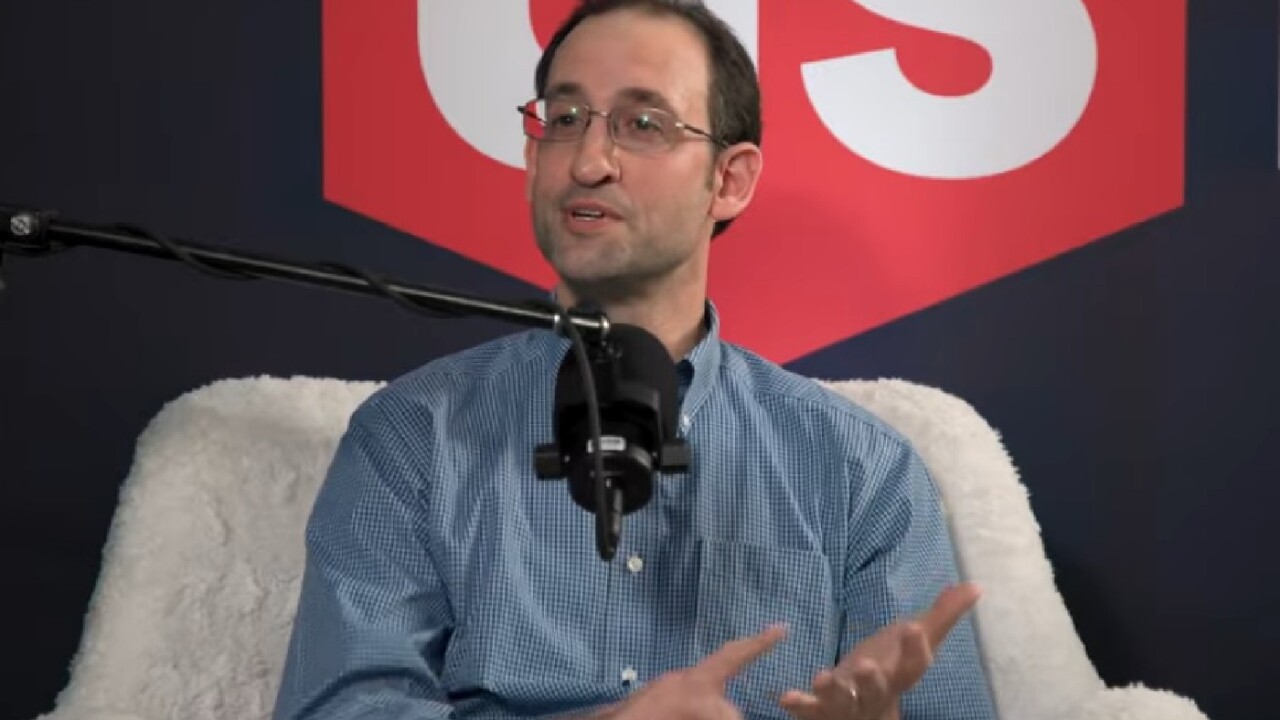OMNI Community Credit Union, based in Battle Creek, Mich., has had a successful job shadowing program in place for years. Each year, frontline employees are given a chance to see how other departments operate, including lending, accounting and collections.
According to Patty Neff, chief human resources officer for the $390 million CU, the program was so successful that management elected to take it a step furhter and flip the script by implementing a reverse job shadow effort.
“Ted Parsons, our CEO, had the idea in 2016,” Neff told Credit Union Journal. “It took us about two weeks to set it up, and we did it in March of this year. We traditionally do job shadowing in March because it is not one of our busiest months.”
Those efforts, along with others, earned OMNI Community the No. 10 overall spot in the
On reverse job shadowing day, team members from OMNI’s lending, accounting and collections departments went to the front lines. Neff said the goal was for those folks to be able to relate to the challenge of member-facing positions.
“Sometimes, when people are in accounting for 10 years, they forget the reality of the challenges tellers face,” she noted.
At a kickoff meeting, each job shadower had to reveal when he or she last served as a teller, and for how long. Neff said one was a teller back in the 1980s, another last was a teller in the 1990s, and none of them had been tellers in the last 10 years.
“We scheduled them for a day in the life – from open to close, plus the kickoff meeting and a wrap-up meeting,” Neff recalled.

At the wrap-up meeting, the reverse job shadowers were asked what impressed them. Neff reported several said they appreciated the instant messaging system the tellers use. When confronted by an unusual circumstance, such as a check from a trust account, instead of having to stop the transaction or have a public conversation on the phone, the teller can send an instant message to someone in the back office for clearance.
“The departments were not using the instant messaging system,” Neff said. “We were able to improve member service by training people how to use the instant messaging system. Once people experienced it, they saw the value. Today, a lot of people are using it who never used it before.”
Another issue that came up as a result of the back office staff taking over the teller lines was the need for a comprehensive member profile that tracks all interactions members have with the credit union Neff said one example was a member walking into a branch and asking a teller to refund NSF fees. If the teller sees the member incurred three NSF items, the teller typically would waive one of those, but leave the other two in place.
“So then what happens is the member will get back to his or her car and call, asking to speak to a manager. The member is complaining to the manager, but it might not be clear that a conversation already took place in the branch. We now track who waited on the member, what steps were taken and what the outcome was.”
Successful Reverse
According to Neff, as a result of the reverse job shadowing program, the back office departments had “much more appreciation and perspective” for the current challenges facing tellers. For example, they realized there is significantly more fraudulent activity today compared to the 1990s, so current tellers have to be savvy and careful in cashing checks.
“It also helped establish relationships,” Neff said. “So the next time a teller calls for help with a collections matter, the two people know each other.”
“I think the reverse job shadowing program is something we will do from time to time, but next year we will go back to traditional job shadowing,” she added.





